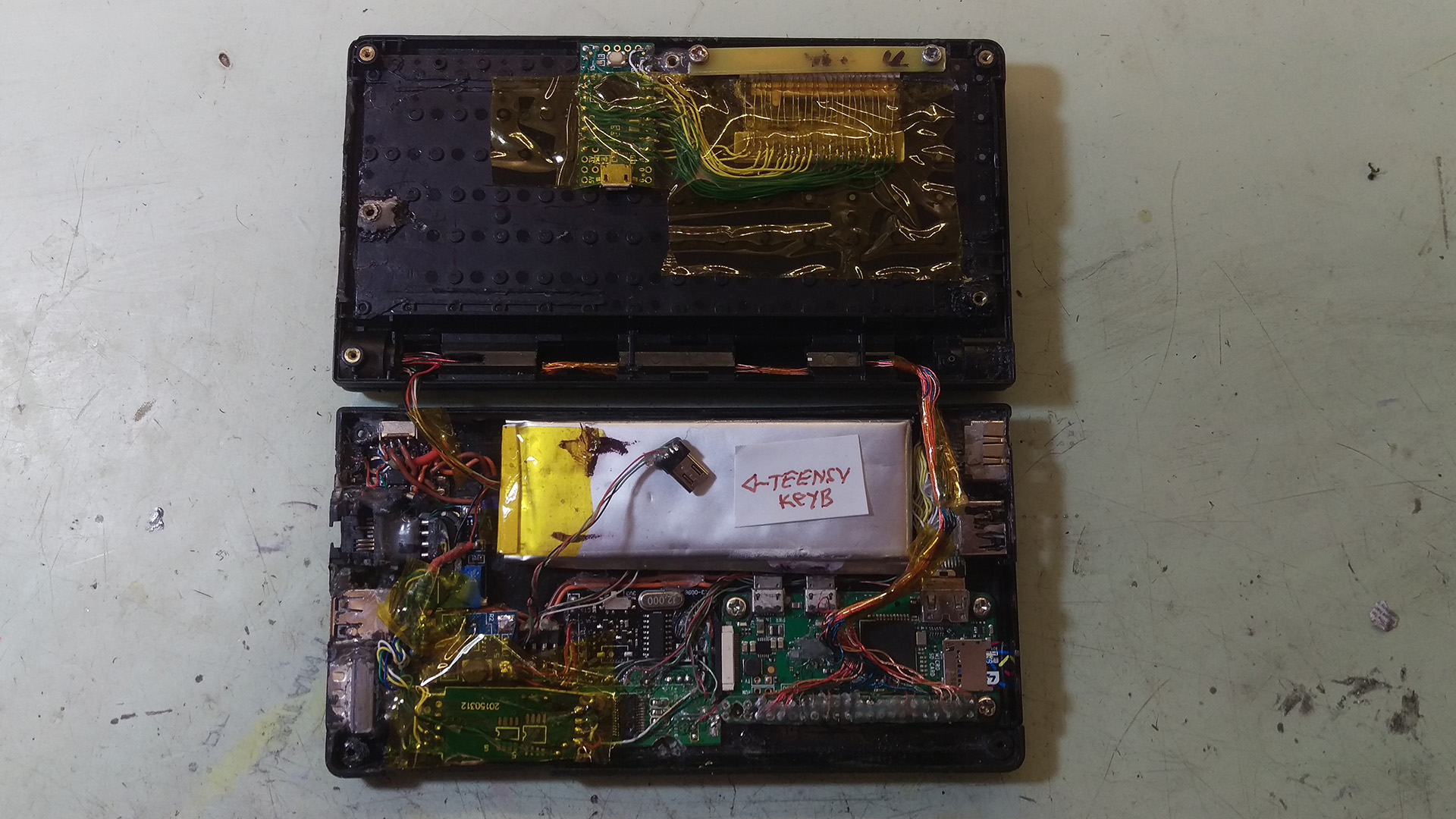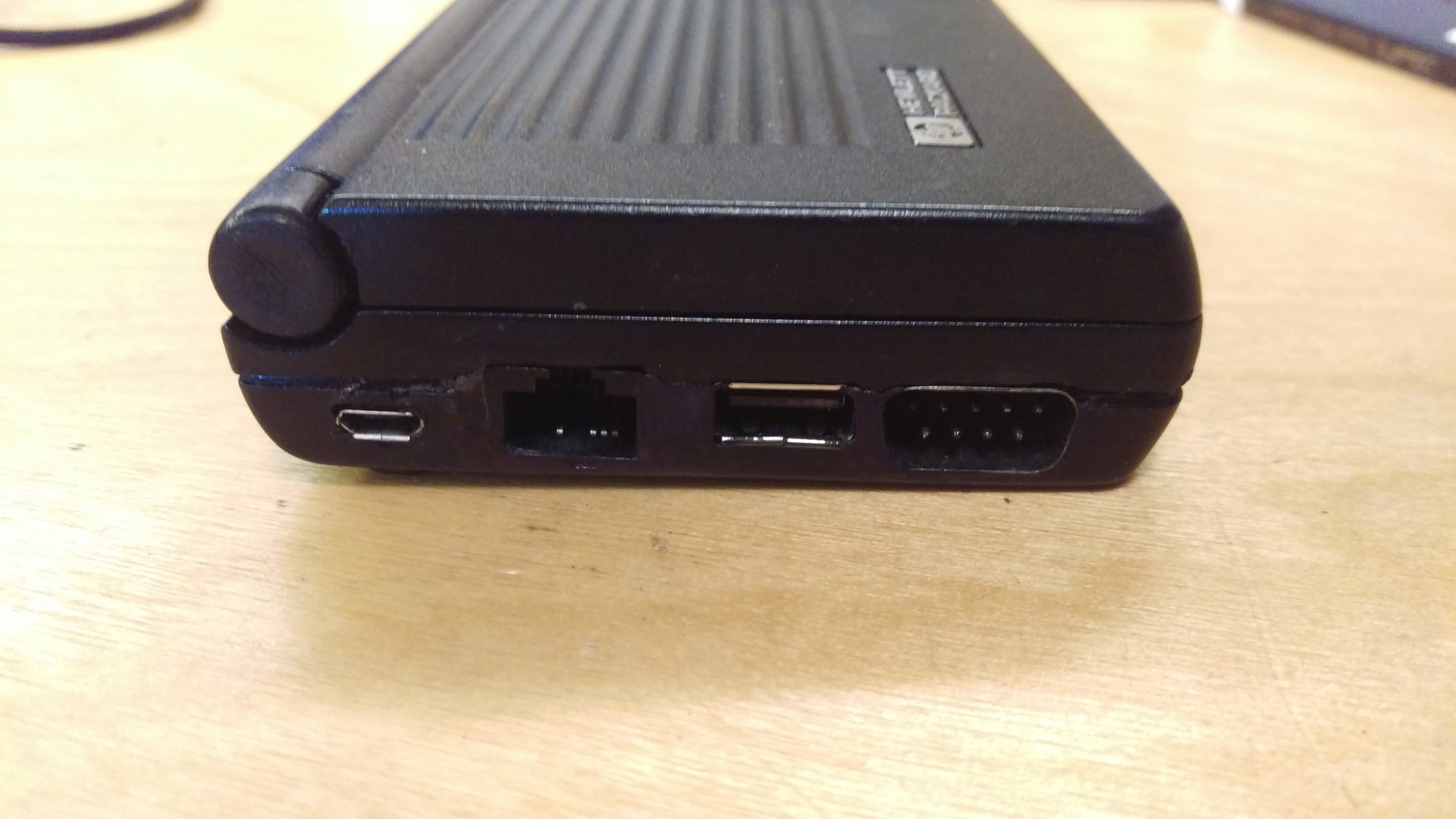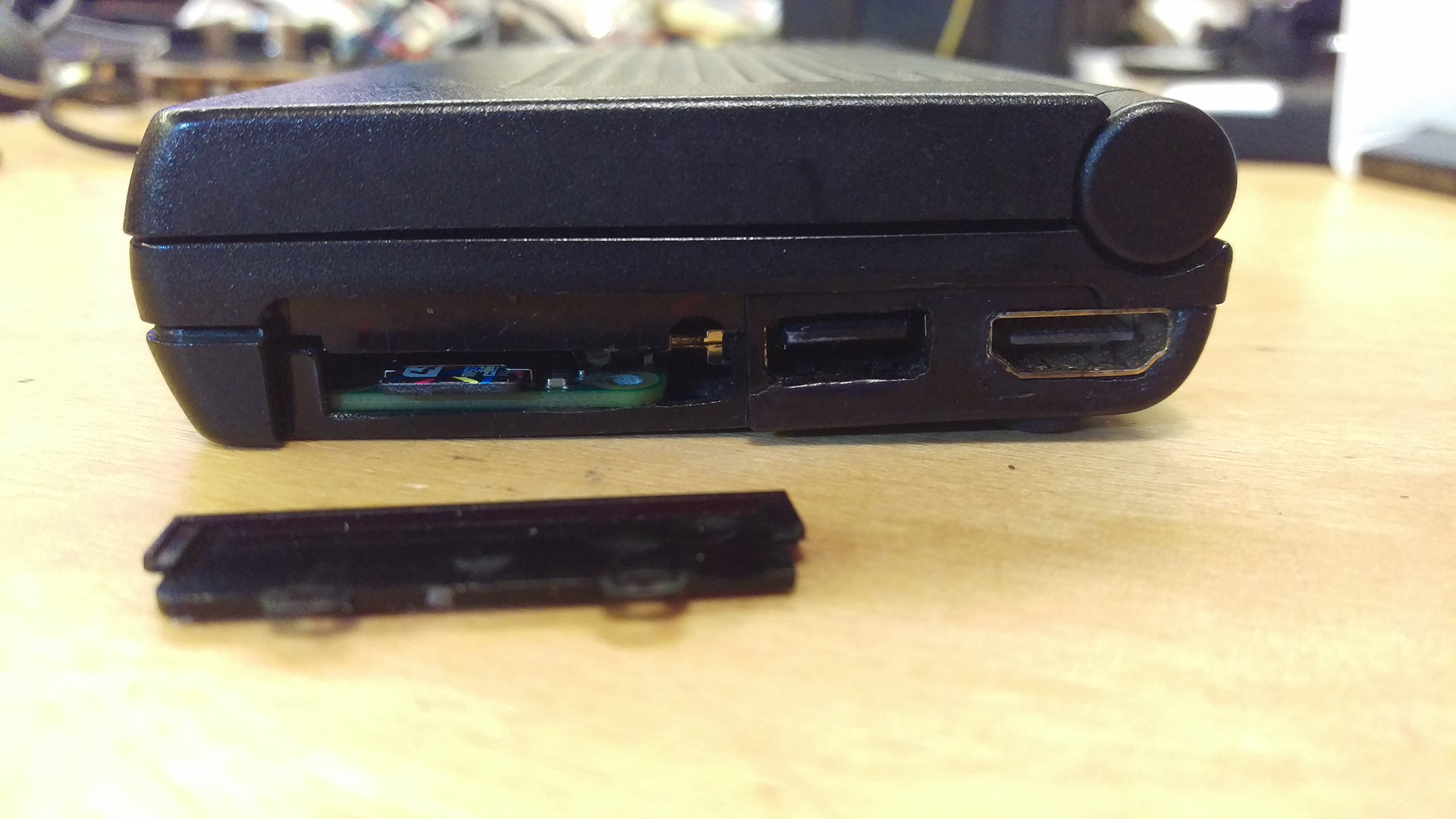Retro MS-DOS Palmtop Resurrected With Raspberry Pi Zero
Pi-DA
We miss the palmtop computer, one of the many varieties of sub-laptop rudely swallowed up by the rise to dominance of the smartphone and tablet. Hooray, then, for Canadian hacker Rune Kyndal, who has crammed a full Linux computer (a Raspberry Pi Zero W) and color screen into the shell of an HP-95LX PDA (Personal Digital Assistant). He’s called it the HPI95LX, obviously, and Hackaday reported on it





The 95LX, you’ll no doubt remember, was HP’s first attempt at a palmtop or PDA running MS-DOS, back in 1991. The NEC V20 CPU ran at 5.37MHz, up to 1MB of RAM was available, and the whole thing ran on two AA batteries, with a couple of coin cells to make sure the removable SRAM card (up to 32MB of storage) didn’t lose data. The screen could display two shades of gray across its 240 x 128px, 4.8 x 1.8 inch LCD matrix with no backlight. It ran MS-DOS 3.22 with a custom version of Lotus 1-2-3. HP produced nearly half a million 95LX units and over time released many iterations of successors.
While it might have been revolutionary for its time, those specs are slightly less impressive today. The Raspberry Pi Zero W isn’t exactly cutting-edge either, especially after the release of the Zero 2 W, but it is capable of running a full graphical desktop Linux, and its small form factor means it fits nicely within the shell of the 95LX. It's definitely one of the best Raspberry Pi projects we've seen.
The new screen is a backlit color LCD touchscreen (though that’s a work in progress) measuring 4.3 inches across and with a resolution of 800 x 480px. The mod adds ethernet, stereo speakers, a mic, some USB 2.0 ports, micro SD card slot, an HDMI, and of course the Pi Zero’s Micro USB for power. Fans of retro data transmission methods will be pleased to see that it keeps the 95LX’s RS232 and IR ports.
Rune reverse-engineered the original keyboard membrane, and wrote a custom Linux keyboard layout file to ensure all the keys work as intended. Inside, rather than use a custom PCB, the innards are made up from multiple pieces hot-glued together, which Rune says he would rectify if he did it again. There's plenty more information about the build at Rune’s hackaday.io page.
Get Tom's Hardware's best news and in-depth reviews, straight to your inbox.

Ian Evenden is a UK-based news writer for Tom’s Hardware US. He’ll write about anything, but stories about Raspberry Pi and DIY robots seem to find their way to him.